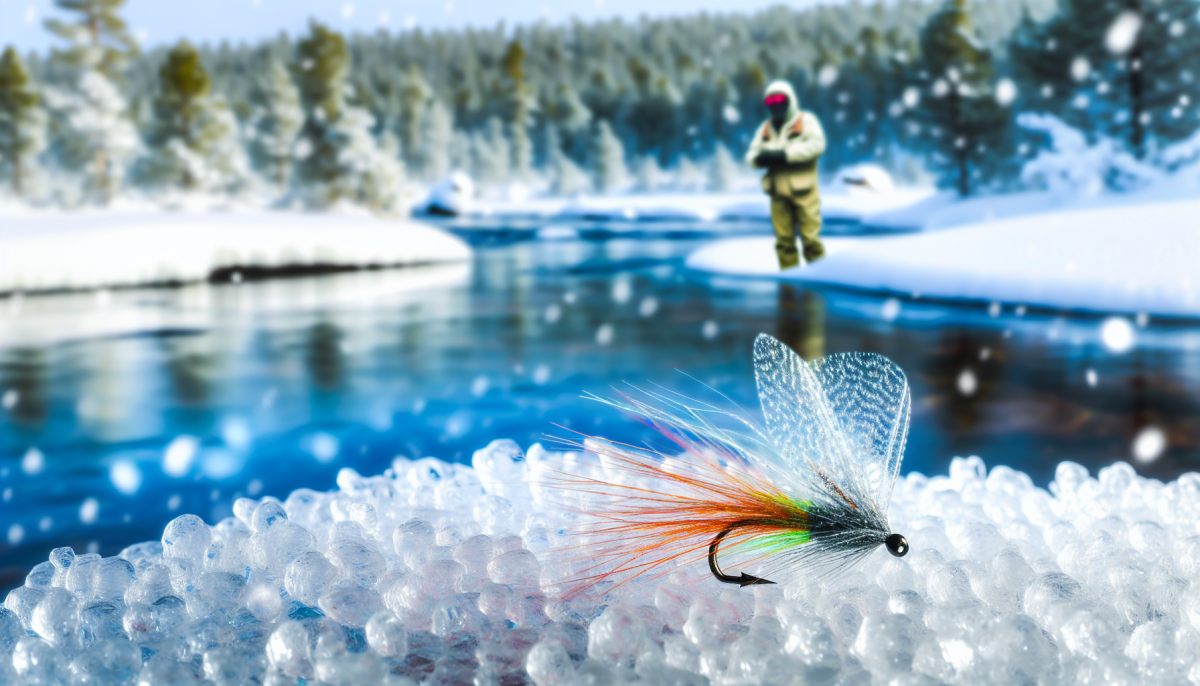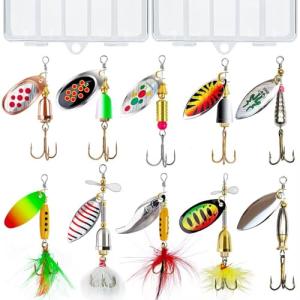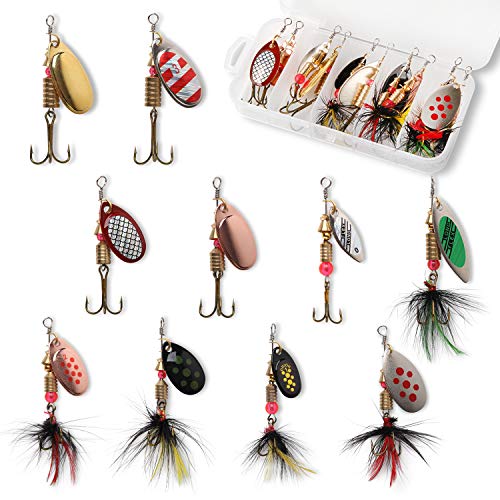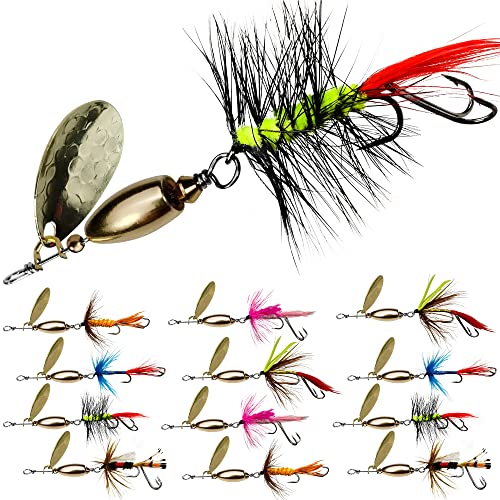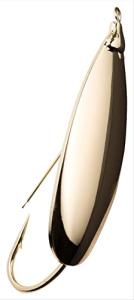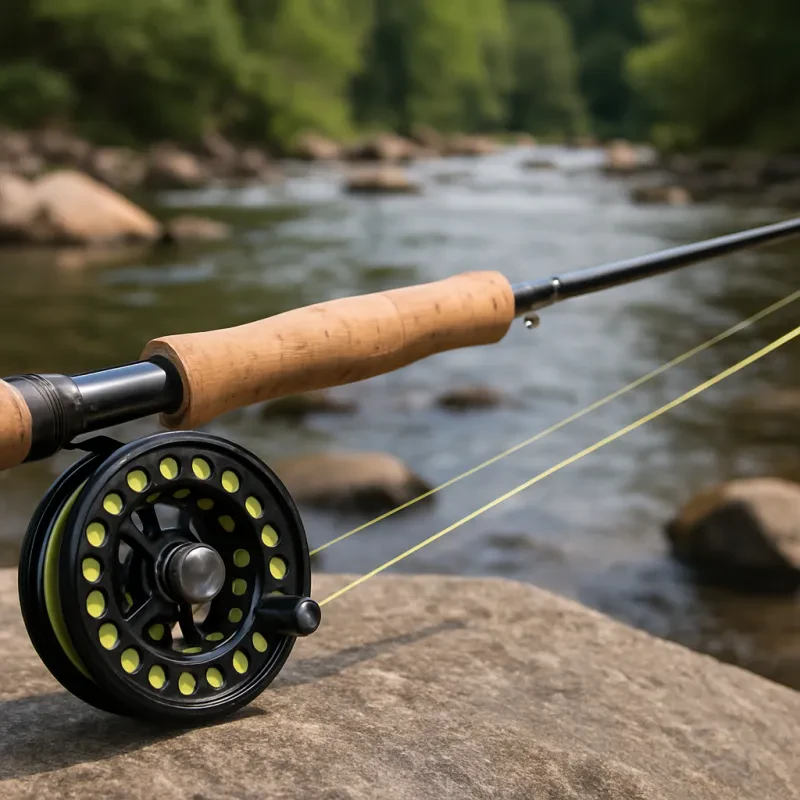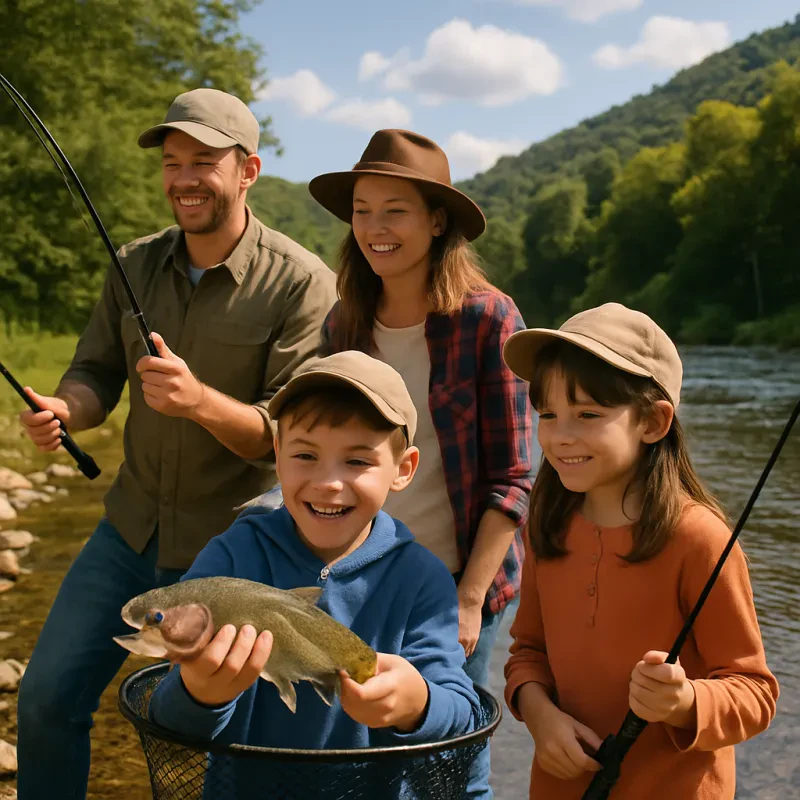When it comes to winter fly fishing, having the right gear is just as important as choosing the best winter fly patterns. Cold weather can change the behavior of fish, so you want to make sure you're prepared. Layering your clothing is key to staying comfortable out on the water. Start with a moisture-wicking base layer to keep sweat off your skin. Next, add insulating layers, like fleece, and finish with a waterproof outer layer to shield yourself from snow and rain.
Your fly rod and reel also need special attention for winter conditions. Look for a rod that’s sturdy yet sensitive, which will help you feel even the lightest bite in cold water. A reel with a strong drag system is crucial, as fish tend to fight harder in winter. Don't forget your line—consider using a weight-forward floating line that’s designed to work well in frigid temperatures.
As for those all-important winter fly patterns, think about smaller sizes and darker colors. Patterns like midges and black buggers can mimic the smaller insects that fish are feeding on during these colder months. A slow presentation is usually more effective, so don’t rush your retrieval; a subtle approach can lead to more bites.
Lastly, keep your gear organized and easily accessible. A good tackle bag helps you arrange your flies and tools. Make sure to pack a thermos with hot coffee or tea to keep warm while you wait for that perfect catch. With the right preparations and the best winter fly patterns, you’ll be set for a successful day on the water!
Top Patterns for Cold Water
When the temperature drops, and water gets chilly, it's time to think about your winter fly patterns. Cold water fishing can sometimes feel tricky, but having the right flies can make all the difference. Here are some of the top patterns that work wonders on those frosty days.
1. Woolly Bugger: This classic pattern is a must-have. It mimics a variety of aquatic life, and fish can’t resist its flow in cold water. Whether you go for black, olive, or marabou, the Woolly Bugger is versatile and easy to cast.
2. Midge Patterns: Midges are active even in the cold months, making them a great option. Try small sizes with subtle colors to represent these tiny insects. They're often just what you need to entice fish who are being selective.
3. Streamers: Streamer flies can be particularly effective in winter. Big, bold options like black or dark blue streamers can trigger aggressive strikes from bigger fish. On cold days, they can be a game-changer.
Experimenting with these winter fly patterns can turn a quiet day into a successful adventure. Just remember to match the size and color to the specific conditions, and you might just land the catch of your dreams!
Choosing the Right Fly Color
When it comes to winter fly patterns, color can make a big difference in your fishing success. The right fly color can catch the attention of fish, even when the water is chilly and their activity levels drop. So, how do you choose the right color for your winter fly patterns?
First off, think about the water clarity. If you’re fishing in clear water, opt for natural colors that mimic the local insect population. Colors like browns, olives, and tans can work wonders. On the other hand, if the water is murky, you might want to go for brighter colors. Shades like chartreuse or hot pink grab attention and help fish spot your fly amidst the shadows.
Next, consider the weather. Overcast skies can limit visibility under the water, so using darker flies can be more effective. Conversely, if it’s a sunny day, lighter and flashier colors tend to work better as they can reflect more light and stand out. Don’t be afraid to switch up your colors throughout the day based on changing conditions!
Lastly, pay attention to seasonal changes. In the winter, fish often target specific types of bait. Stick to colors that mimic what’s naturally available during the season. If you’re not sure what that is, plenty of resources are out there to help you match your flies to local food sources.
Tips for a Fantastic Winter Catch
Winter fishing can be a little tricky, but with the right approach, you can have a fantastic catch. First things first, pay close attention to water temperature. Fish tend to be less active in cold water, so finding areas that are just a bit warmer, like those near springs or deeper pools, can make a big difference. This is where your choice of winter fly patterns becomes crucial.
Next, think about your fly selection. When it gets chilly, the fish often prefer smaller, slower-moving flies. Patterns that mimic midges or small nymphs work wonders during winter months. Try to stick with darker colors as they tend to stand out better in the colder, often murkier water. Just remember to retrieve your flies slowly to match the fish's lethargic mood.
Don’t forget about the time of day! Early morning and late afternoon can yield the best results. Fish are more likely to be near the surface when the sun is low, so that’s when those winter fly patterns really shine. If you can, experiment with both topwater and subsurface techniques to see what the fish are responding to best.
Finally, be patient and persistent. Winter fishing often requires more time spent at the water's edge, but with the right mindset and the right winter fly patterns in your tackle box, you’ll find yourself reeling in some memorable catches. So bundle up and enjoy the peacefulness of fishing in winter!
